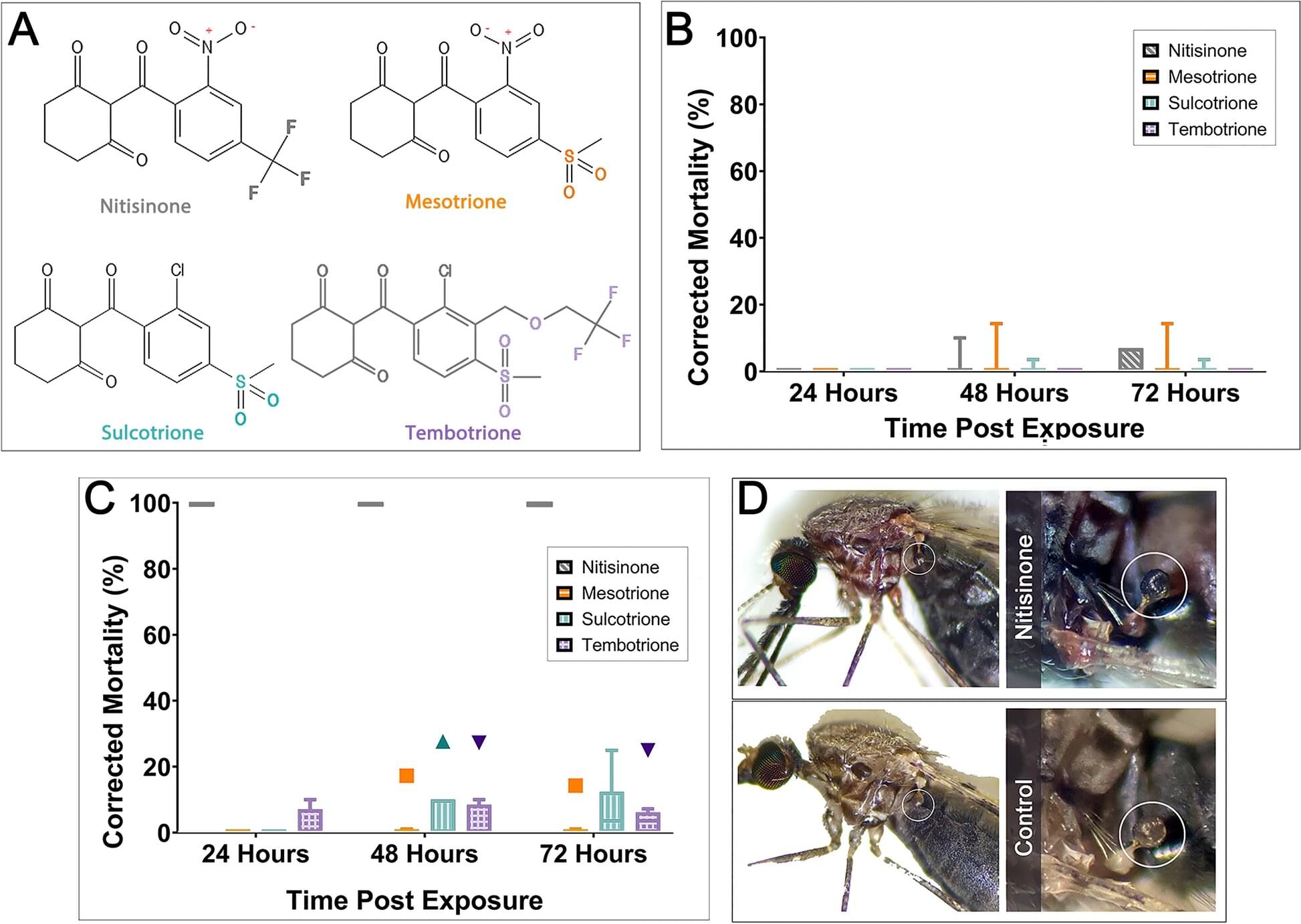Astronomers have discovered a remarkably clumpy rotating galaxy that existed just 900 million years after the Big Bang, shedding new light on how galaxies grew and evolved in the early universe. Nicknamed the “Cosmic Grapes,” the galaxy appears to be composed of at least 15 massive star-forming clumps—far more than current theoretical models predict could exist within a single rotating disk at this early time.
The discovery, published in Nature Astronomy, was made possible by an extraordinary combination of observations from the Atacama Large Millimeter/submillimeter Array (ALMA) and the James Webb Space Telescope (JWST), all focused on a single galaxy that happened to be perfectly magnified by a foreground galaxy cluster through gravitational lensing. In total, more than 100 hours of telescope time were dedicated to this single system, making it one of the most intensively studied galaxies from the early universe.
Although the galaxy had appeared as a smooth, single disk-like object in previous Hubble images, the powerful resolution of ALMA and JWST, enhanced by gravitational lensing, revealed a dramatically different picture: a rotating galaxy teeming with massive clumps, resembling a cluster of grapes. The finding marks the first time astronomers have linked small-scale internal structures and large-scale rotation in a typical galaxy at cosmic dawn, reaching spatial resolutions down to just 10 parsecs (about 30 light-years).









